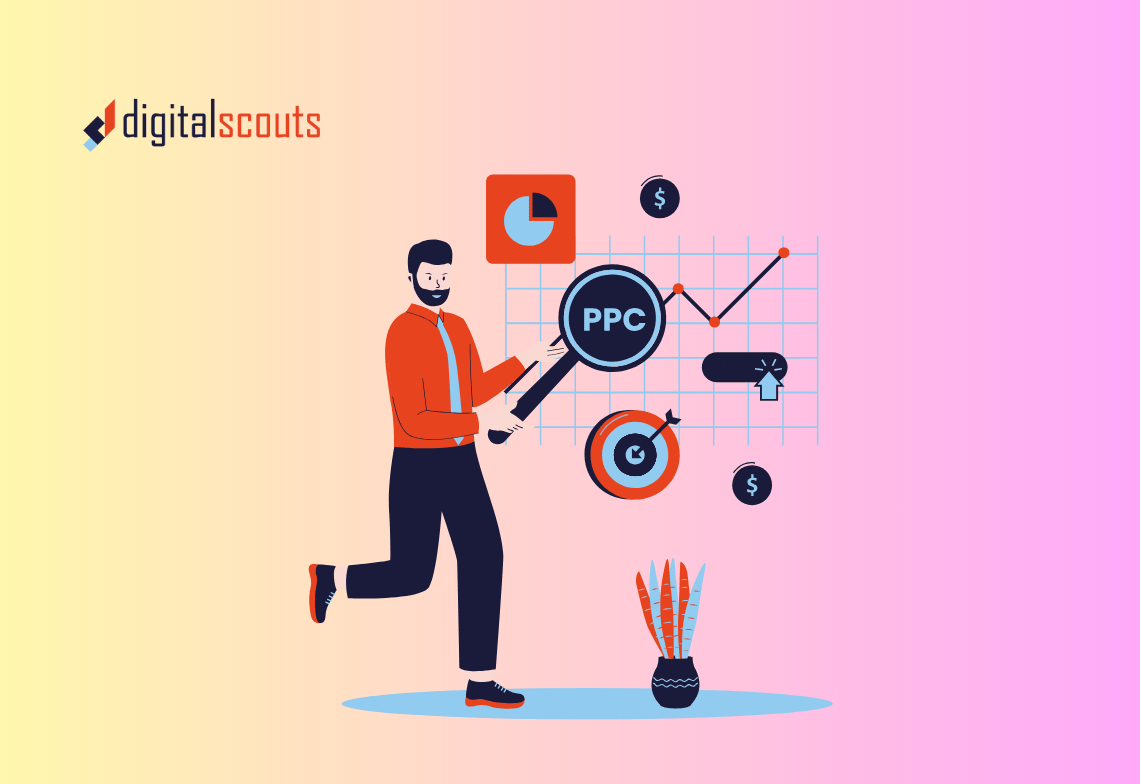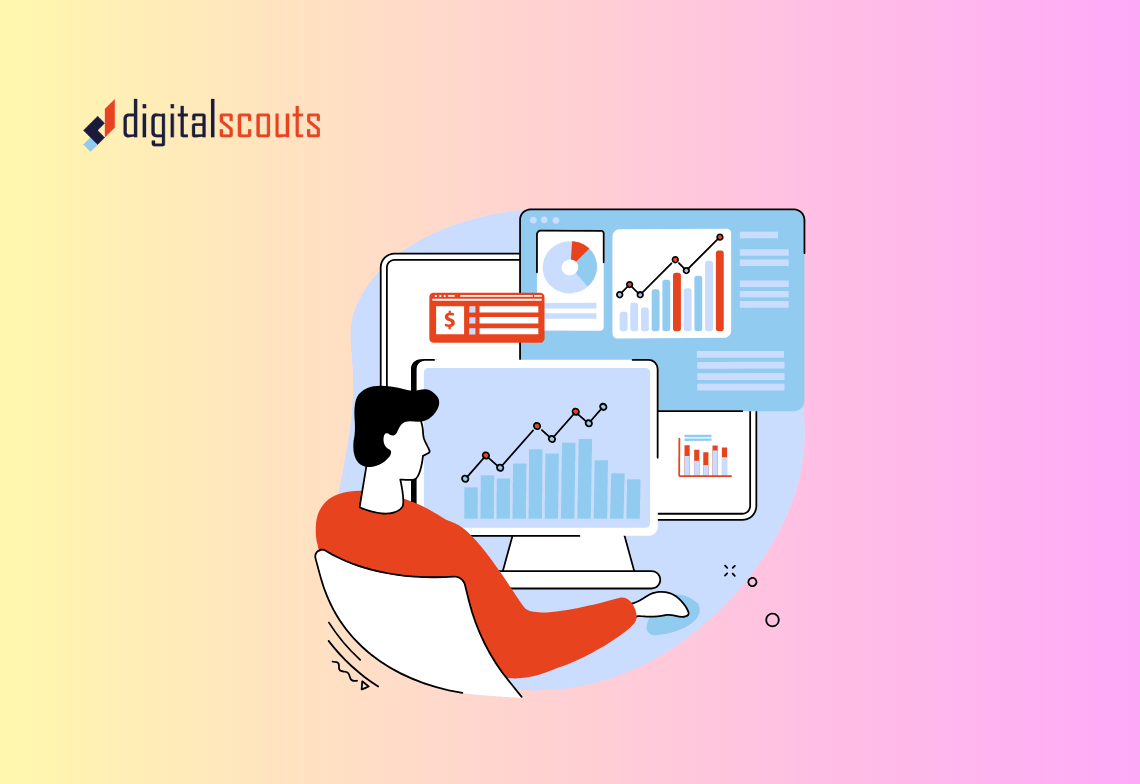Modern B2B buyers do not live on one channel. They scroll LinkedIn on the commute, search Google during research, reply to email when the timing is right, and join webinars for depth. If your plan leans on a single channel, you will pay more for weaker results.
A scalable demand engine connects channels under one plan. You set shared goals. You use one message framework. You design journeys that move contacts from first touch to revenue without friction. This guide gives you a practical framework to plan and run multi channel campaigns across LinkedIn, email, Google Ads, and webinars. It is written for marketing, operations, and sales leaders who want qualified pipeline, not vanity metrics.
What a cohesive multi channel campaign looks like
A cohesive campaign works like a relay. Each channel does a job and hands off cleanly to the next step. Everyone sees the same plan and the same numbers.
Core traits
-
One clearly defined audience and problem to solve
-
One message framework across all assets
-
One offer path matched to buyer intent
-
One shared dashboard that tracks contacts to revenue
When these traits hold, you get reach, relevance, and operational clarity. That is how scale happens.
Set the foundation that makes scale possible
You cannot coordinate channels if the basics are not clear. Lock these elements before a single ad goes live.
Define ICP and buying roles
Write down the firmographics you target. Company size, industry, region, tech stack, and revenue band. List the buying roles. Economic buyer, champion, influencers, and users. Capture pains, triggers, and objections for each role. Keep it simple and shareable.
Map the buyer journey by intent
Create three stages. Problem aware, solution aware, and decision ready. List the questions buyers ask at each stage. This will drive your content and offers.
Align on goals and metrics
Pick a small set of goals that tie to revenue. New qualified contacts, sales accepted leads, opportunities created, pipeline generated, and revenue influenced. Set targets per channel and per market. Share them with sales so everyone knows what success looks like.
Build the message and offer playbook
Your message should feel the same wherever someone sees it. That does not mean copy paste. It means one story adjusted to each channel.
Create a simple message house
-
A plain language problem statement
-
A value promise that answers why it matters
-
Three proof points backed by data or examples
-
One call to action that fits the stage
Design offers for each stage
-
Early stage. Guides, benchmarks, short videos, and checklists
-
Mid stage. Webinars, comparison sheets, live demos, and case stories
-
Late stage. Trials, pricing calls, custom ROI snapshots, and pilots
Each offer should move the buyer one clear step forward. Do not mix stages on one page.
Channel roles inside one go to market plan
LinkedIn, email, Google Ads, and webinars do different jobs. Use them together with intent.
LinkedIn builds reach and trust with the right people
Use LinkedIn to put your message in front of decision makers and influencers. Promote thought leadership, benchmarks, and short explainer videos. Run lead gen forms for mid stage offers. Use small audience retargeting for late stage invites.
What to measure
-
Reach within ICP
-
Click through rate and video views
-
Cost per qualified lead from lead gen forms
-
Meetings booked from retargeting
Email drives conversations and nurtures interest
Email is your most controllable channel. Use it to continue the story after a click or a sign up. Segment by role and stage. Keep each email to one idea and one ask.
What to measure
-
Open rate and click rate by segment
-
Reply rate for sales led sequences
-
Movement to the next stage in the journey
Google Ads captures active intent
Google is where buyers search when they have a defined need. Target exact and phrase match keywords that reflect pain and category terms. Protect your brand terms. Use remarketing to follow up with visitors who engaged on other channels.
What to measure
-
Cost per demo or trial
-
Conversion rate by keyword theme
-
Share of voice against competitors
Webinars create depth and qualify interest
Webinars are high signal moments. Use them to teach, not to pitch. Bring a customer or partner if possible. Share the deck and a summary within a day. Invite attendees to the next clear step.
What to measure
-
Registration and attendance rates
-
Questions asked and poll responses
-
Meetings and opportunities created within 30 days
Orchestrate the sequence across channels
Put the steps together so each touch builds on the last. Here is a simple pattern you can adapt.
A six week campaign rhythm
-
Week one. LinkedIn launches the core message and an early stage offer
-
Week two. Email invites targeted lists to a webinar on the same theme
-
Week three. Google Ads runs against high intent terms that match the message
-
Week four. The webinar runs and sales follows up with attendees and no shows on the same day
-
Week five. LinkedIn retargets visitors and attendees with late stage offers
-
Week six. Email sends a case story and a clear next step to the most engaged contacts
Use this as a starting point. Keep it tight and repeatable.
Build landing pages that move buyers forward
Every click needs a page with one job. Keep it focused. Remove distractions. Use short forms and progressive profiling. Make the next step obvious.
Checklist for a high converting page
-
Headline that states the value in plain language
-
Subhead that sets context in one sentence
-
Bulleted benefits and a visual that supports them
-
Trust signals such as logos, quotes, and ratings
-
Primary call to action above the fold
-
Secondary call to action for those not ready yet
-
Fast load time and mobile friendly layout
Add a short summary at the top that answers the key question in one or two sentences. This helps readers and answer engines.
Route leads cleanly and follow up fast
Speed matters. So does context. Design routing and follow up before launch.
-
Assign owners based on account fit, region, and product interest
-
Send buyers to the right next step automatically
-
Use short, personal emails from a real person for first follow up
-
Include the context of the last action in the message
-
Set alerts for slow response and stalled deals
Sales and marketing should agree on what makes a sales accepted lead for this campaign. Review this weekly and adjust.
Measure what matters to revenue
Clicks and sign ups are signals, not outcomes. Measure the movement of accounts and contacts through the journey.
Core metrics
-
New qualified contacts by channel and by role
-
Sales accepted rate and time to first meeting
-
Opportunities created and pipeline by campaign
-
Cost per qualified lead and cost per opportunity
-
Revenue influenced within a 90 day window
Look at model based attribution and simple contact journey views. Add a short self reported source field during early calls. The mix of signals gives a better picture than any one model.
Use AEO friendly structure in what you publish
Answer engines reward clear structure and direct answers. Use this in your campaign content.
-
Title pages like real questions buyers ask
-
Open with a short answer in the first paragraph
-
Use H2 and H3 headings that mirror common queries
-
Add a short FAQ with two or three precise answers
-
Keep paragraphs short and clear
This improves the chance of your content being cited and also improves user experience.
Test small and learn fast
You do not need to test everything at once. Focus on the parts that move the most revenue.
-
Test offers before creative. The right promise beats a new graphic
-
Test headlines and first lines in ads and emails
-
Test landing page value statements and proof points
-
Test audience slices within your ICP before broad reach
Run one test per element at a time. Set a clear stop rule. Keep what works and move on.
Build a simple planning template your team can reuse
A reusable template keeps campaigns consistent and faster to launch.
What to include
-
Campaign objective in one line
-
ICP and role segments
-
Message house and proof points
-
Offer plan by stage
-
Channel plan with budgets and flight dates
-
Creative list and owners
-
Landing pages, forms, and routing rules
-
Reporting dashboard and cadence
-
Risks and plan B options
Save this as a shared document. Use it for every campaign and refine it each quarter.
A 30 day rollout that gets you moving
You can stand up a multi channel plan in one month if you stay focused.
Week one
Confirm goals, ICP, and message. Build the offer and the core landing page.
Week two
Set up LinkedIn audiences, Google keyword groups, and email segments. Create the webinar outline and registration page.
Week three
Launch LinkedIn and Google. Send the first email. Begin retargeting setup. Finalise the webinar content and speakers.
Week four
Run the webinar. Send follow ups. Launch retargeting. Review first wave performance. Adjust budgets and creative based on early signals.
Carry momentum into month two with a second offer or a case story. Do not let the list go cold.
Common mistakes and how to avoid them
-
Many isolated campaigns with no shared theme
-
Leads sent to sales without context or a clear next step
-
Over targeting that limits reach and raises costs
-
Creative fatigue from running the same ads for too long
-
Reporting that stops at clicks and does not show pipeline
Avoid these and your cost per opportunity will improve quickly.
Bringing it all together
Multi channel demand generation is a system, not a set of tactics. You pick one theme. You align the message. You place that story across LinkedIn, email, Google, and webinars in a sequence that follows how buyers move. You measure what creates opportunities and revenue, not just clicks.
When this becomes your rhythm, scale follows. You can launch faster. You can keep quality high. You can prove impact with clarity.
If you want help turning this framework into a working plan for your market, the team at Digitalscouts can partner with you to design the calendar, build the assets, and set up reporting you can trust.
Frequently Asked Questions
About Author
Ashish is a B2B growth strategist who helps scaleups align marketing and sales through Account-Based Marketing (ABM), RevOps, and automation. At DigitalScouts, he builds scalable content engines, streamlines lead flows with HubSpot, and runs targeted GTM programs to drive predictable pipeline. He regularly shares insights on using AI and automation to power ABM and accelerate complex buyer journeys.








